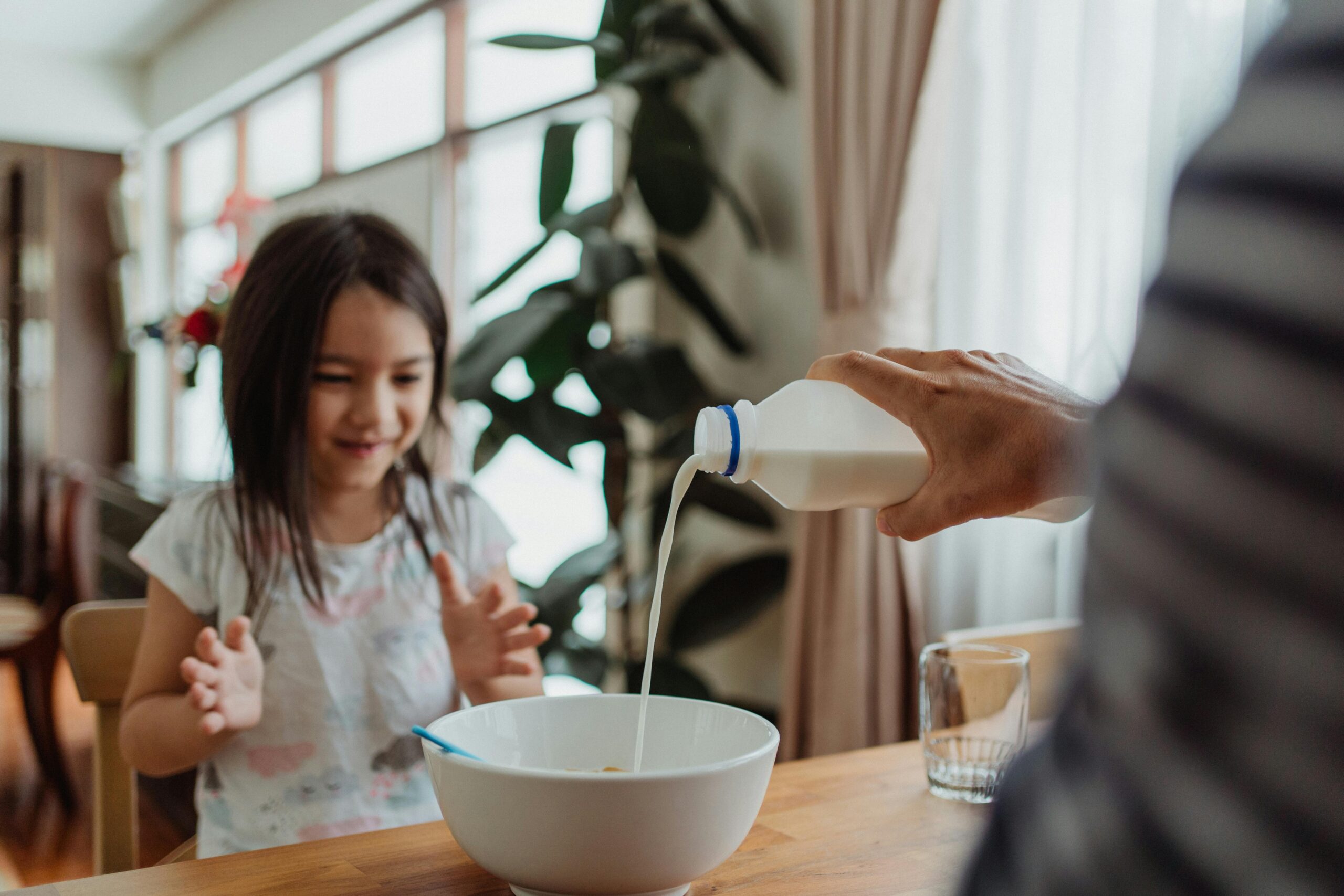Parent-Led ABA: Practical Behaviour Strategies Norfolk Parents Can Actually Use

I’ve always liked figuring out how things work. Maybe it’s my maths background, maybe it’s the cook in me—either way, I enjoy taking complex ideas and turning them into something practical. Applied Behaviour Analysis (ABA) is like that: it helps us understand why behaviour happens and how to make meaningful change.
Now, before you picture clipboards, data sheets and someone turning your living room into a therapy clinic—don’t worry. That’s not where we’re heading.
This post is about making behaviour change doable, especially for parents who want to use ABA principles at home, without stress or jargon.
Parent-led strategies are grounded in Applied Behaviour Analysis and focus on small skills families can use day-to-day.
What “Parent-Led” Really Means
Parent-led doesn’t mean doing everything alone, or becoming a full-time therapist. It means learning enough to confidently use strategies that fit your family’s routines and values. Much of this approach aligns with Positive Behaviour Support, aiming for practical steps that actually make daily life easier.
ABA uses the term social validity—essentially, that what we do must be meaningful and useful to the people involved. A strategy is only worth using if it makes life easier and feels right for your child.
Parent-led ABA is about small, realistic steps: teaching communication, building independence, and supporting emotional regulation in everyday life—while keeping your home a home.
Why Behaviour Happens (and What You Can Do About It)
Once you start viewing behaviour through an ABA lens, you begin to notice patterns—what happens before and after a behaviour.
Peer-reviewed research (Hanley et al., 2003; Tiger, Hanley & Bruzek, 2008) shows that understanding these “triggers and consequences” helps us respond more effectively.
For instance: your child throws a toy. It’s not random—it’s communication. Maybe they’re seeking attention, avoiding something, or just exploring cause and effect. Once we know why, we can teach a better way to get the same outcome—like asking for help, taking a break, or using a sensory toy.
That’s the heart of ABA: helping children meet their needs in ways that work better for everyone.
The Science Bit—Without the Science Headache
Studies consistently show that parent involvement leads to better outcomes (Bearss et al., 2015; Oono et al., 2013). Children make more progress when parents use strategies day-to-day—because learning happens everywhere, not just in sessions.
This doesn’t mean data sheets and stopwatches (unless you love spreadsheets—in which case, I’m right there with you). It means noticing what works, repeating it, and celebrating every small win.
Keeping It Real (and Kind)
Ethically—and personally—I believe behaviour change should never feel forced. The UK Society for Behaviour Analysis (UKSBA) Code of Ethical Conduct reminds us to prioritise dignity, choice, and wellbeing. That means strategies should be respectful, empowering, and designed for the child’s best interests.
It’s not about “fixing” children—it’s about supporting them to thrive.
And sometimes that means stepping back, taking a breath, and remembering that progress isn’t linear—especially for parents who are juggling a thousand other things.
From the Kitchen to the Classroom
For me, ABA feels a lot like cooking. You start with a recipe, but you adjust it as you go. The real magic happens when you make it your own.
Cooking is where I find calm. I have more cookbooks than shelf space, and I love trying new things just to see what happens. Behaviour analysis scratches the same itch: experimenting, refining, and learning from experience.
What Drives Me
Every parent I meet is doing their best to help their child grow and feel understood. That’s what inspires me to keep learning and sharing what works in real life—not just in theory.
My background in behaviour analysis (I’m completing an MSc at Bangor University and hold a BTEC Level 5 in Positive Behaviour Support) helps me translate evidence-based ideas into practical tools for families. But it’s parents—their persistence, creativity, and love—that make real change possible.
I’ve seen how small, consistent actions at home can make the biggest difference. That’s why I’m committed to making ABA more accessible, less intimidating, and genuinely useful for families who want to help their children thrive.
A Takeaway for Parents
If there’s one idea to take away, it’s that behaviour change works best when it feels achievable and kind.
It doesn’t have to be clinical or complicated—just practical, consistent, and guided by what matters most to your family. Notice what helps, build on it, and give yourself credit for the small wins along the way.
And if dinner burns in the process, that’s still useful information—just maybe not the kind you want to chart.
References
Bearss, K., Johnson, C., Smith, T. et al. (2015). Effect of parent training on behavioral problems in children with autism spectrum disorder. JAMA, 313(15), 1524–1533.
Hanley, G. P., Iwata, B. A., & McCord, B. E. (2003). Functional analysis of problem behavior: A review. Journal of Applied Behavior Analysis, 36(2), 147–185.
Oono, I. P., Honey, E. J., & McConachie, H. (2013). Parent-mediated early intervention for young children with autism spectrum disorders (ASD). Cochrane Database of Systematic Reviews, 4.
Tiger, J. H., Hanley, G. P., & Bruzek, J. (2008). Functional communication training: A review and practical guide. Behavior Analysis in Practice, 1(1), 16–23.